Learning to Live with Less
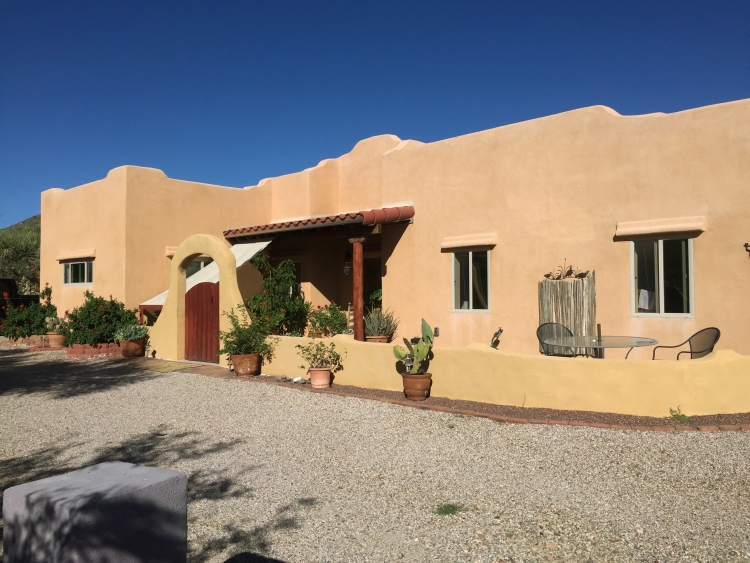
A little over a year ago, I quit my job and left New York City to escape a feeling of dread and to chase after a sense of freedom. I had begun to feel a building anxiety about the impact I was making in the world, or in another sense, not making. There was so much waste in the city, and there was a lot of waste in my own life as well.
I wasn't passionate about the work that I was doing. I was living mechanically, going through the motions day-to-day without feeling any sense of accomplishment or purpose. I'd look around to see piles of garbage bags constantly lining the sidewalks of the city, iridescent green pools of chemicals trickling into street drains, the leftover food, plastic containers, forks, spoons, and cups overflowing from the bins at work at the end of every single day. It felt so out of my control and so big that there was nothing I could do to make it all change,. I felt like I had lost myself in a landfill of chaos, and traffic and streets full of faceless people.
A "Snake wall" by the entrance prevents unwanted visitors at night. Photo Credit: Eugene BilodeauSo I packed up my bags, determined to get behind the wheel and go until I had left my old ways behind. I tried my hand at the great American road trip and started to feel lighter. Then I traveled to Europe for the first time and started to feel like myself again. Finally I landed, both literally and figuratively. At the end of my travels, back in the United States, I planted myself at the foot of Mount Fagan in Vail, AZ. about 30 miles south east of Tucson in the midst of the magical Sonoran Desert.
Today, I am not quite the same person that I was a year ago. I would like to begin by describing the place and the experiences that opened my eyes to a new mode of operating. A house on a hill, where I was simultaneously removed from the noise of society and brought closer to the systems that make it function, which are often taken for granted. In particular, systems of disposal. At a later date, in my next article, I would like to reflect on what it is like “returning to civilization,” as it were, and reconciling two different very kinds of freedom: the freedom of autonomy and the freedom of convenience.
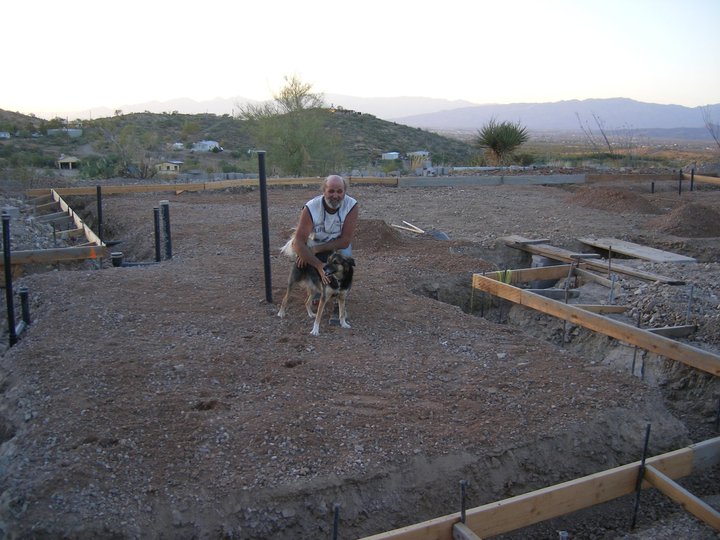 Building the house. Image Credit: Sumita Bilodeau
Building the house. Image Credit: Sumita Bilodeau
So to begin: Twenty-five years ago, my parents purchased a few acres of land on a hill from which you could see as far as sixty miles across the desert to the city of Tucson. The location is remote, with only a handful of other people living in our immediate area and it takes 20 minutes up a primitive dirt road to reach our hill. We officially named our hill “Desert Point,” but we more lovingly refer it to as “the hill.” Fifteen years later, my parents built a house on the hill, almost entirely on their own. The structure of the house is built out of a material called Rastrablock, an insulating concrete form composed of recycled polystyrene (commonly known as styrofoam) combined with concrete. The property is only partially connected to “the grid.” We have access to electrical power from the city, but my parents took advantage of a subsidized solar program, and installed solar panels on the roof of the house which supplies all of our electricity, the excess of which we put into the city grid. High-speed internet has yet to reach the area. Our water comes from a well on site, as well as from a rainwater collection system my dad set up, which supplies water for irrigation year-round. Our plumbing is directed into a “leech field” where it naturally seeps through the earth back into the ground on the property. We have to haul our drinking water, drive 30 miles to get to the closest grocery store, and we have to dispose of any and all garbage or waste that we produce on our own. All that is to say we are acutely responsible for the health and maintenance of our immediate environment.
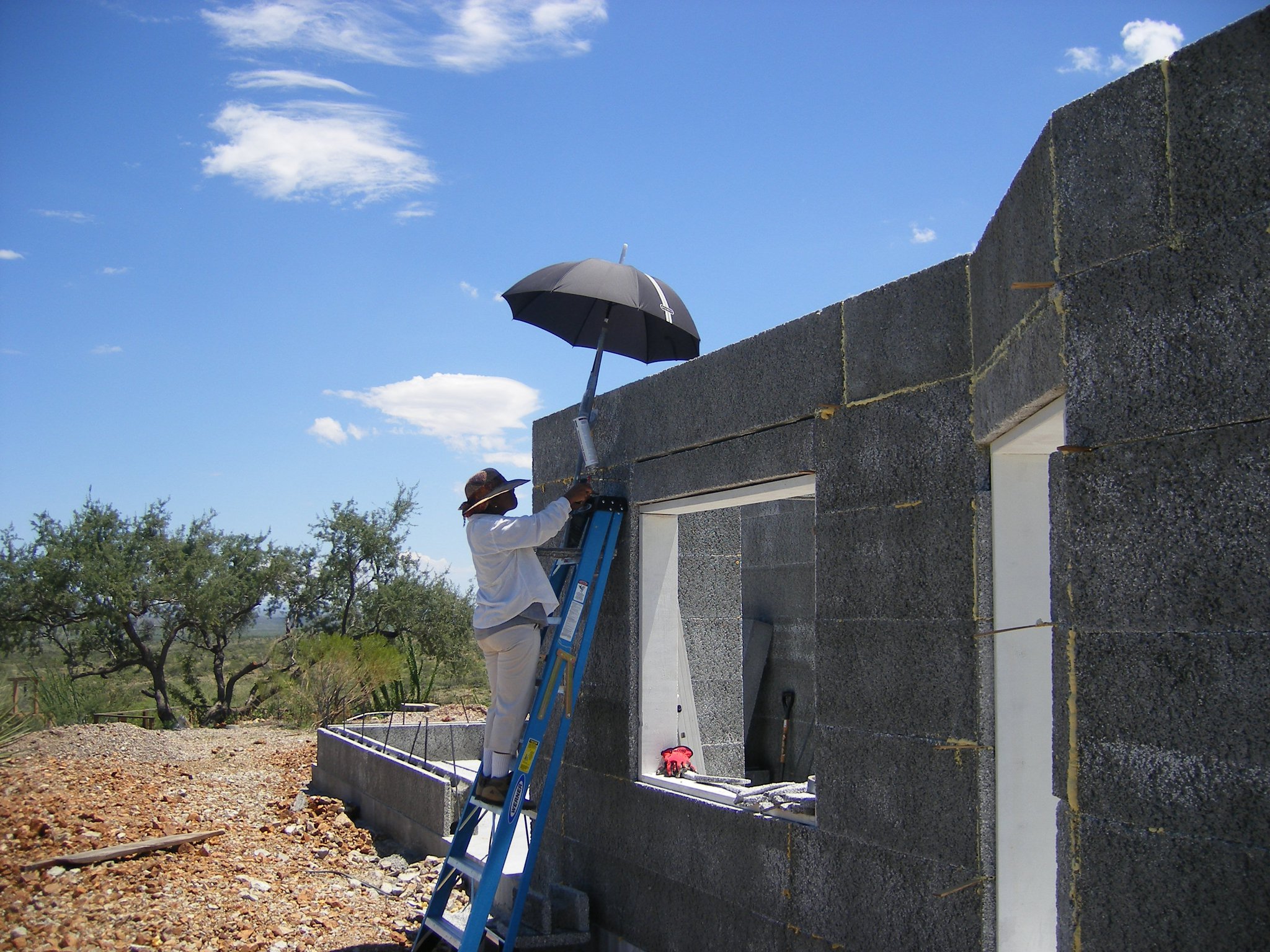 Rastrablock , made from 85% post-consumer recycled material. Image Credit: Eugene Bilodeau
Rastrablock , made from 85% post-consumer recycled material. Image Credit: Eugene Bilodeau
The hill is my sanctuary, a hermit’s paradise. It’s the place I go to take sabbatical, to retreat and to regenerate. My parents, insatiable nomads that they are, moved to Alaska not long after finishing the construction of their home. And I, a true hermit crab incarnate, moved in after I left New York. Looking after the property is no small feat. While it is largely self-sustaining, the systems must be monitored and maintained given the harsh climate of the desert which constantly wears and erodes at everything. Such is the natural process, the primordial nature of time and change. Especially when being lived in, there are things that must be attended to on my desert island.
Embarking on this sojourn of solitude, I set out to establish a new mode of existence. This was to be the first time I had ever lived in this house by myself. And it was my opportunity for me to experiment with low-impact living, to develop routines and habits that would reduce my impact on the environment. I became very conscious of the amount of water and electricity that I used, for the sake of conservation, but also out of paranoia that the well would run dry or that I’d use more electricity than the panels generated. I maintained my mother’s greenhouse and gardens, and enjoyed fresh homegrown vegetables and herbs daily. I reveled in the sounds of the desert: birds, coyotes and the wind. I’d see the city in the distance at night, and felt good to be away from the lights and the traffic and the McDonalds’ on every corner. I had my cat for company and didn’t feel lonely too often.
I spent my days on the hill divested of professional responsibilities (although I did substitute at the nearest school district when I needed the income), social obligations, and modern anxieties. I went for hikes, I painted, I baked bread, I gardened and fixed things, and I cooked for myself and my cat. I took a mosaic class and then I mosaicked a coffee table. I caught up on years of reading and listened to NPR constantly. I would drink a few beers in the afternoon, play music that I liked, and danced uninhibited to the electric sherbet setting sun. Sometimes I'd sit on the couch and binge watch a TV show and that was just fine too. There was always stuff to do, but I never felt stretched thin. I checked on the rainwater systems and waged war against mice in the garage. I learned how to maintain, repair, chop, troubleshoot, ignite – a slew of handyman’s tricks that made me feel like I wasn’t totally useless after all. I had to remain constantly vigilant for snakes, scorpions, bobcats and suspiciousness of all varieties. And of course, I had to deal with the garbage.
Waste that I produced on the hill had three places to go. First, and smelliest, was the compost. Now, we don't compost just to be friendly to the environment on the hill. There are wild animals all over the surrounding area for whom a smelly garbage bin full of old food would be an irresistible temptation. Since we don't have regular garbage retrieval, we had to find a solution to process our organic waste to keep the wild things at bay. So all food scraps and organic waste that I made, I processed through a three-tier composting system. During the week, I would collect food scraps in a biodegradable compost bag which I kept in my freezer (smell management). Once the bag was full, I’d transfer it into a large lidded pail outside of the house where the waste would begin to degrade. After several weeks to a month, when the pail was full and the waste had turned to a vile but still fairly intact heap, I would transfer it into a large plastic bin. Every couple of months, I would then have to empty this bin, and bury the by now demonic-smelling sludge in a pile beneath older composted soil in an open area a short distance away from the house. This process of transferal allowed for the compost to aerate, and for living organisms (worms!) to gain entry and begin to break down the organic matter into a rich and luscious soil. This I would eventually use for the greenhouse and various plants around the property. It was a disgusting and beautiful system that was completely rewarding.
The second waste disposal system was recycling. Everything recyclable would have to be cleaned, sorted and then, once my recycling bins were full, loaded up into my truck and taken to a recycling center in the city. While recycling isn’t without some carbon impact, my guilt about it as a waste-form was manageable because it at least undercut the production of new things and the exploitation of resources that would ultimately turn into new waste.
Finally, there was the non-recyclable, non-compostable, stubbornly worthless garbage. Never before have I so directly felt the impact of the waste that I produced then when I had to dispose of this stuff myself. Anything that couldn’t be composted or recycled, I had to pack up in my truck and dump into a landfill with my own two hands. I had to see where it would sit, ugly and dormant for hundreds of years. An abysmal pit, the embodiment of helplessness, carelessness, mindlessness, madness. What a waste.
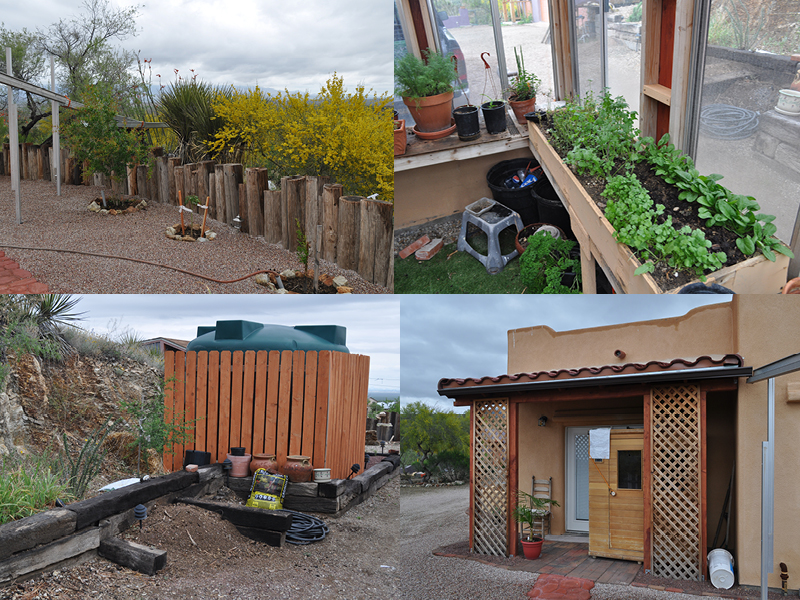 Our rain water collection system has the capacity to collect over 5,000 gallons of water during the monsoon season. Image Credit: Eugene Bilodeau
Our rain water collection system has the capacity to collect over 5,000 gallons of water during the monsoon season. Image Credit: Eugene Bilodeau
Over the course of my stay on the hill, I aimed to reduce my non-compostable and non-recyclable garbage to nothing. I didn't achieve this goal, but I did manage to reduce the amount of landfill garbage that I produced down to about a kitchen bag per month. In the nine months that I spent on the hill, I only visited the landfill twice, which was plenty for me. Achieving this took a concerted effort. I had to think about every item that I purchased and see if there was a way that I could reduce the amount of packaging involved. Since I am a food-centric person, 95 percent of my purchases involved food, and so, the focus of this attention was my grocery store activity. I would buy ingredients like rice, pasta, beans, nuts, and dried fruit in bulk, bringing my own containers and bags to fill so that I would not use the plastic bags at the store. I cut down on buying snacks and candies, pre-packaged produce and meats. I brought a growler to refill with beer from the tap instead of buying individual bottles and cans. I even switched my cat to a homemade food diet so that I wouldn’t have to buy cat food. I tried to plan out my needs exactly so that I could avoid buying excess and risk having to throw anything out. I bought recycled and biodegradable cleaning supplies, cut down the amount of time I spent driving, running water from the taps, and using fuel for cooking.
Obviously, there were exceptions. I would treat myself to a bag of chips, or order something online that came in annoying, impossible to penetrate packaging. Sometimes I just needed to take a long bath or make a low and slow simmered stew. But ultimately, once I got in the habit of carrying out my day to day activities with this new mindset, I ended up saving a lot of money, eating and living a far healthier lifestyle than I had in the city, and all around felt better physically and spiritually. My anxiety was at an all time low and for an unemployed 24-year-old living at home, I felt I had more purpose than ever before that I had something to grasp onto to launch myself into a self-determined future.
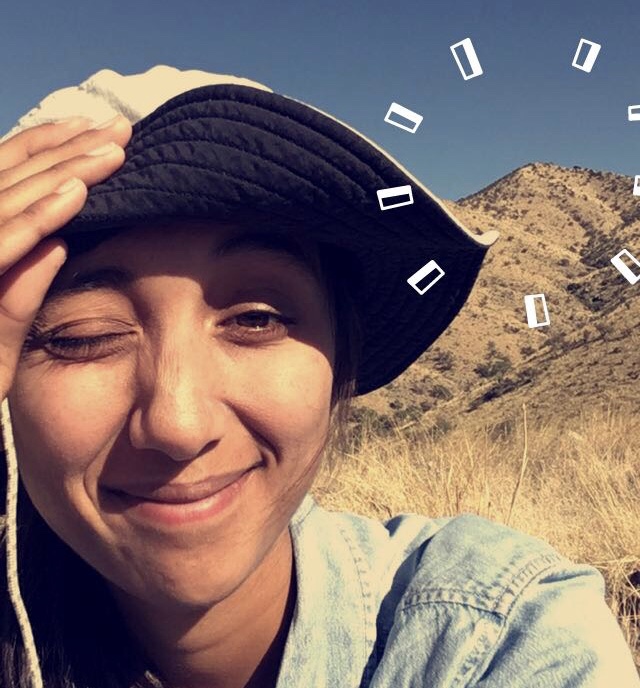 Hiking Mount Fagan in my backyard. Image Credit: Alex Bilodeau
Hiking Mount Fagan in my backyard. Image Credit: Alex Bilodeau
Keeping up with and looking for new ways to reduce my carbon footprint did take up a lot of attention as well as time, of which I had plenty at my disposal (ha!) while living in Arizona. And I really did enjoy living that way. I'll take a quick moment here to thank my parents for finding this place and making it ours—it is a special home and I am very proud of them and of it. But here I am now, writing this story from a shoe-box studio in Paris, thousands of miles away from the hill. Why did I leave? Wind and erosion? It was just time for a change. The questions confronting me now are, how do I carry my new-found consciousness forward, and how do I implement it back into city life? Before, I could hide behind a shield of ignorance, but now, how to incorporate my knowledge and forge a new, new way? Can I overcome the cosmopolitan apathy that sent me packing last time? Can we, as urban animals, reconnect with the processes that will help us to be conscious consumers as well as waste-producers? Answers to these questions, and an explanation for why we have to find a way.... next time!







